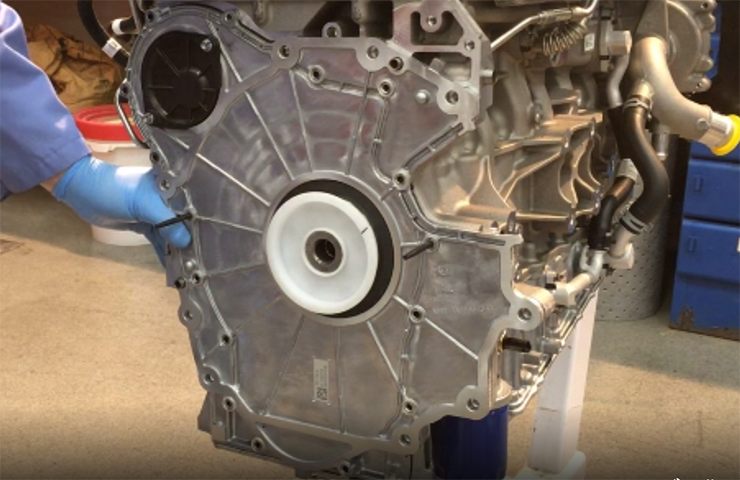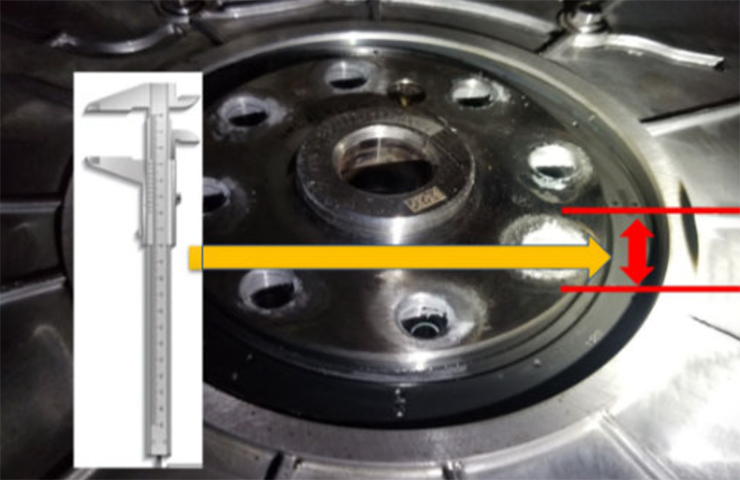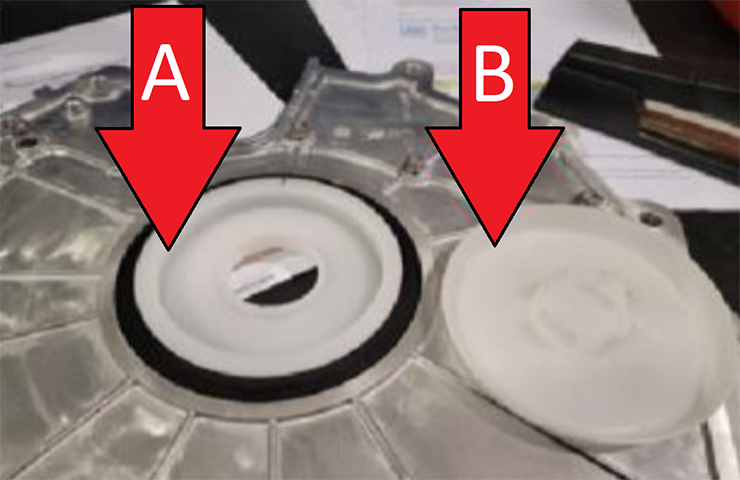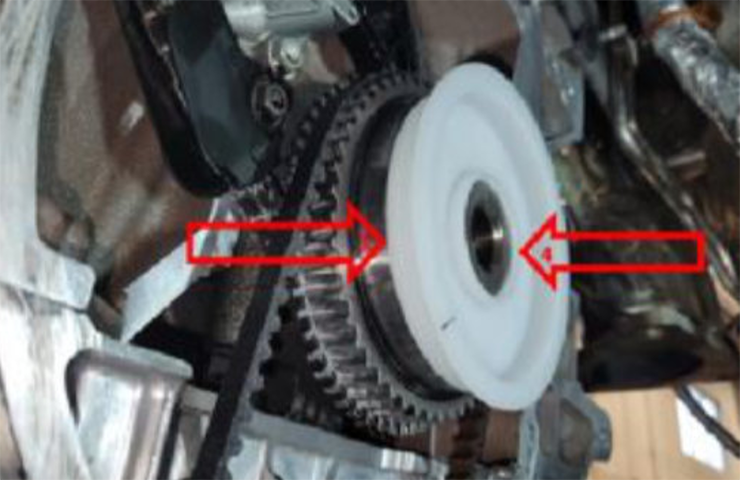As posted by above by Ron, the 3.0 has the timing cover on the back of the engine, and the seal is in that cover.
Depending on what is found, the repair may require replacement of the cover as well....

gm-techlink.com
Diesel Engine Rear Main Oil Seal
April 13, 2021
Some 2020-2021 Silverado, Sierra; 2021 Tahoe, Suburban, Yukon and Escalade models equipped with the 3.0L diesel engine (RPO LM2) may have an oil leak concern and DTC P06DD (Engine Oil Pressure Control Valve Performance) may be set. These conditions may occur if the rear main oil seal has moved or is severely shifted out of position in the timing chain lower cover.
If these conditions are found, replace the timing chain lower cover, which comes with a seal already installed. (Fig. 9)
Fig. 9
If the seal is tilted out of position, use a caliper and record the depth where the seal is pushed in prior to removing the rear cover. Also place an indexing mark on the seal and cover, which will be helpful to the Warranty Parts Center in case the seal falls out or moves during shipping. (Fig. 10)
Fig. 10
Record the Part Unique Number (PUN) found on the white label attached to the back of the cover.
The timing chain lower cover comes with a two-piece protector/installer. The inner piece becomes the installation tool. (Fig 11, A) The outer piece simply holds them together for shipment. Remove and discard the outer piece. (Fig. 11, B)
Fig. 11
The inner piece acts as an installation tool substitute for the EN-52466-2 seal protector and fits over the bevel on the end of the crankshaft. Be sure that the inner lip of the seal slides over the rear of the crankshaft without rolling during installation or a repeat oil leak may occur. The protector/installer (Fig. 12, shown without cover) will have a snug fit to the pilot of the crankshaft.
Fig. 12











